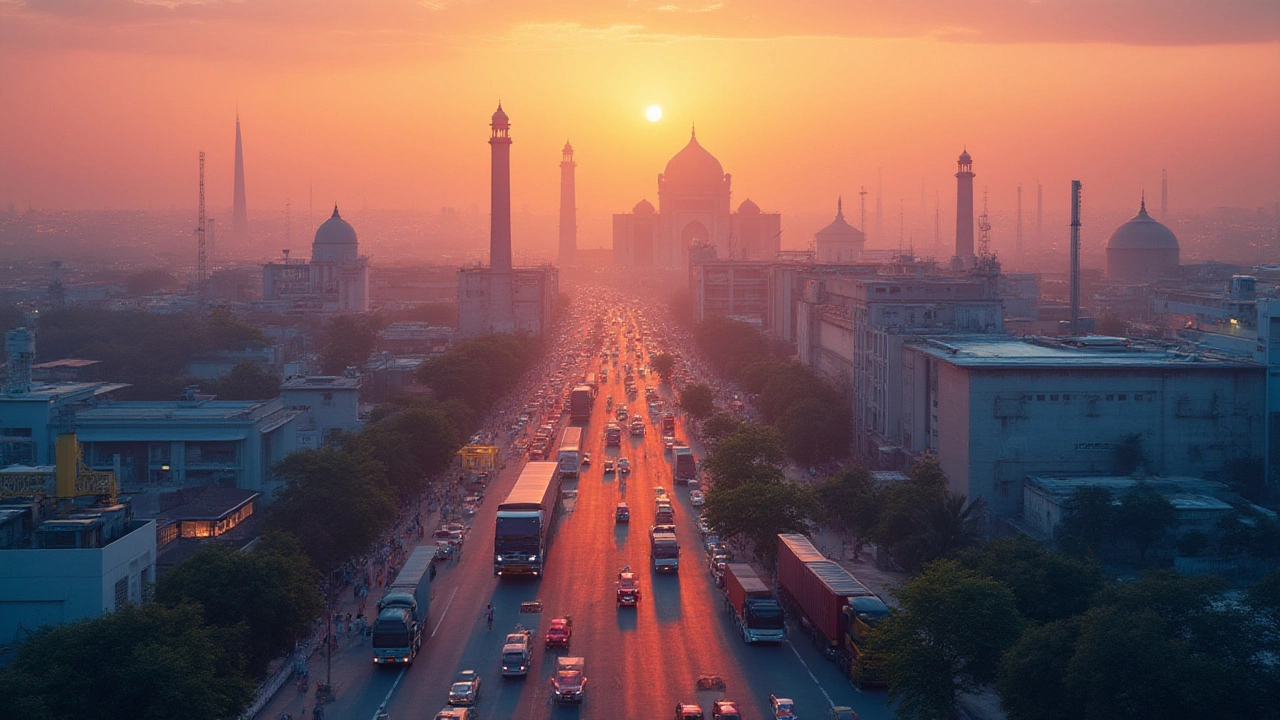Pharmaceutical Manufacturing in India – What’s Driving the Boom?
India’s pharma sector is no longer just a cost‑center; it’s a full‑blown growth engine. With a workforce that speaks the language of chemistry and a cost structure that beats many Western rivals, the country has become a go‑to hub for both generic and innovative drug production. If you’re wondering why investors keep pointing their radar at Indian factories, the answer lies in a mix of policy support, savvy talent, and expanding export demand.
Key Drivers Behind the Growth
First off, the price advantage is hard to ignore. Manufacturing a tablet in Mumbai can cost up to 30% less than in Europe, thanks to lower labor rates and bulk availability of raw materials. Add to that a government that offers tax breaks, streamlined approval pathways, and the “Make in India” mantra, and you’ve got a recipe for rapid expansion. Skilled chemists, pharmacologists, and engineers graduate from Indian universities in large numbers, feeding factories with fresh talent ready to handle complex formulations.
Export markets also play a big role. The United States, Africa, and parts of the Middle East rely on Indian-made medicines for everything from antibiotics to oncology drugs. This external demand pushes companies to adopt global quality standards, which in turn raises the bar for domestic production. The result? Indian plants that can churn out high‑volume, high‑quality batches while staying competitively priced.
Challenges and How the Industry Is Responding
Every growth story has its hurdles, and pharma is no different. Regulatory compliance is a constant pressure point – the US FDA, EMA, and local bodies like CDSCO demand rigorous documentation and traceability. To meet these expectations, many firms are investing in advanced analytics, digital batch records, and automated quality checks. These tech upgrades not only reduce errors but also speed up the time‑to‑market.
Supply‑chain disruptions, especially for active pharmaceutical ingredients (APIs), have forced manufacturers to diversify sources. Some are bringing API synthesis in‑house, while others are setting up satellite plants in nearby countries to hedge against geopolitical shocks. Sustainability is another emerging focus; greener solvents, waste‑water recycling, and energy‑efficient equipment are becoming standard talk on the factory floor.
On the innovation front, biotech and biologics are gaining traction. Traditional small‑molecule production still dominates, but Indian firms are now partnering with global biotech players to manufacture monoclonal antibodies and vaccine components. This shift requires new clean‑room designs and specialized bioreactors, prompting a wave of capital investment in modern facilities.
For professionals eyeing a career move, the sector offers roles that blend science with data‑driven decision making. Quality assurance managers, process engineers, and regulatory affairs specialists are in high demand, and salaries reflect the skill shortage. Start‑ups focused on pharma‑tech—think AI‑driven drug discovery or blockchain for supply‑chain transparency—are also sprouting in tech hubs like Bengaluru and Hyderabad.
Looking ahead, the trajectory seems clear: Indian pharmaceutical manufacturing will continue to scale, but with a sharper focus on quality, innovation, and sustainability. Companies that can balance cost efficiency with compliance and invest in next‑gen technologies stand to capture the biggest slice of the global market.
Whether you’re a manufacturer, investor, or job seeker, keeping an eye on policy shifts, technology adoption, and export trends will help you navigate this fast‑moving landscape. The Indian pharma story is still being written, and there’s plenty of room for new chapters.
